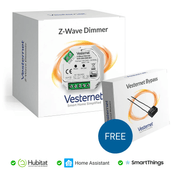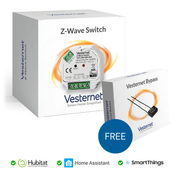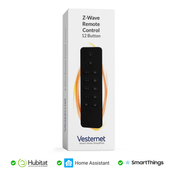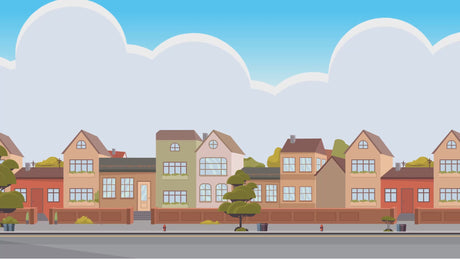We've seen many people wanting to use LightwaveRF together with a Z-Wave system. In actual fact this is quite easy to do and makes a lot of sense - so we've put together a simple guide and application notes to show exactly how to do it.
To a large extent Z-Wave and LightwaveRF are competing technologies. However, they both have their strengths and weaknesses. So an ideal solution would be to have a combined (hybrid) system so that you can select the best products from either technology.
The Hybrid System - VERA and RFX
Creating a hybrid system is very easy to do and works incredibly well.
The core of the system is the VERA Z-Wave Controller and the RFXtrx433 transceiver.
The RFXtrx433 (RFX) plugs into the VERA's USB socket and enables it to communicate with 433MHz-based devices, including LightwaveRF. As VERA is a native Z-Wave controller it will also communicate and control all of the Z-Wave devices in the system.
The Benefits of LightwaveRF and Z-Wave
This approach enables you to pick and choose the products from each technology and use the ones you prefer.
For instance the VERA controller is much more powerful than the LightwaveRF Wi-Fi Link controller. As well as supporting Z-Wave devices it will enable you to easily create more complex automation scenes and schedules that can automate your home.
For lighting and sockets you can use the LightwaveRF products, then for sensors and other things use Z-Wave. Within the system the Z-Wave sensors can control LightwaveRF devices - the whole hybrid system works really nicely.
And, you only use one user interface and one smartphone app to control the entire system.
Take a look at the full guide at Using Z-Wave and LightwaveRF Together
See you soon
Mark.

















